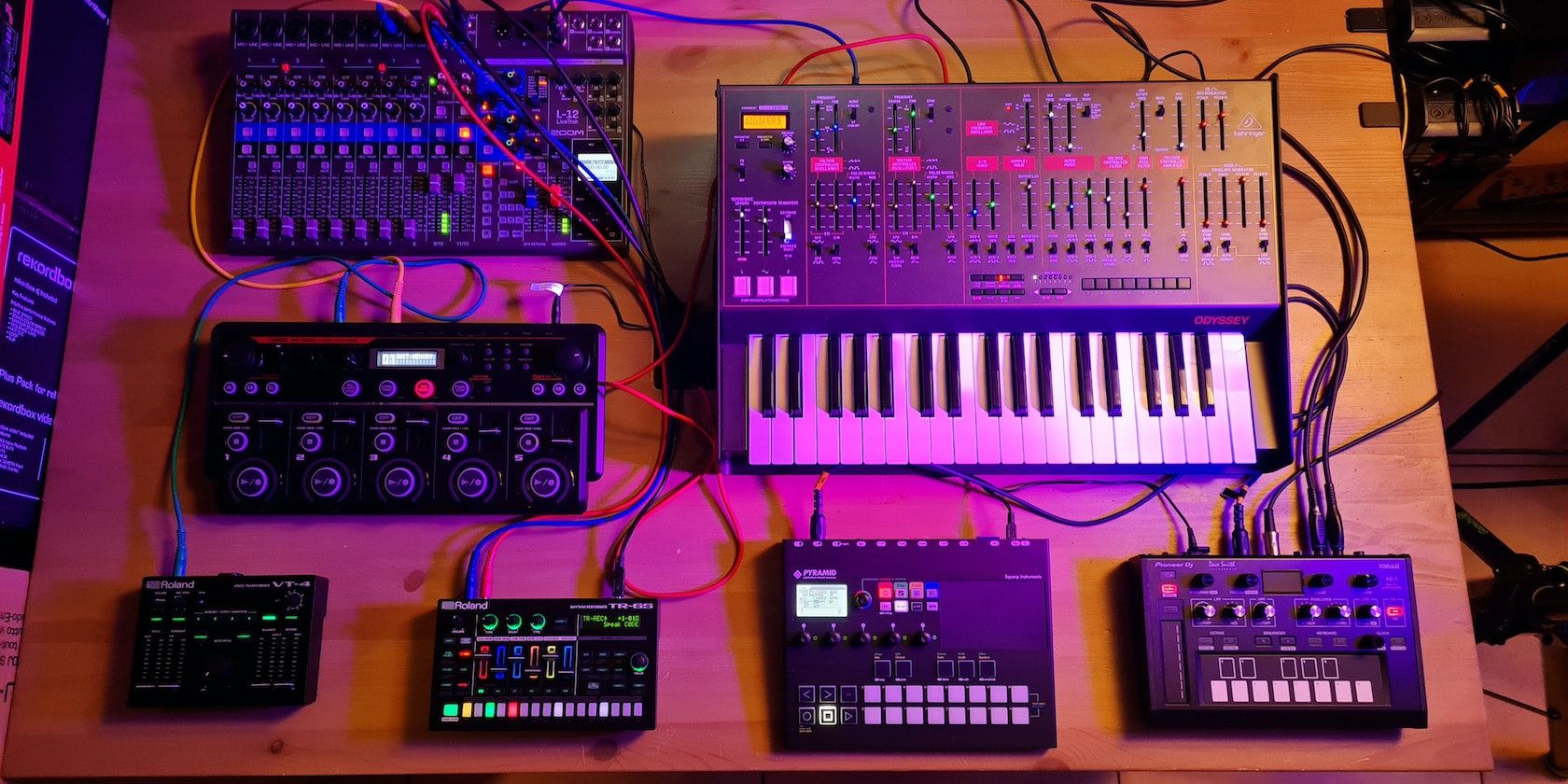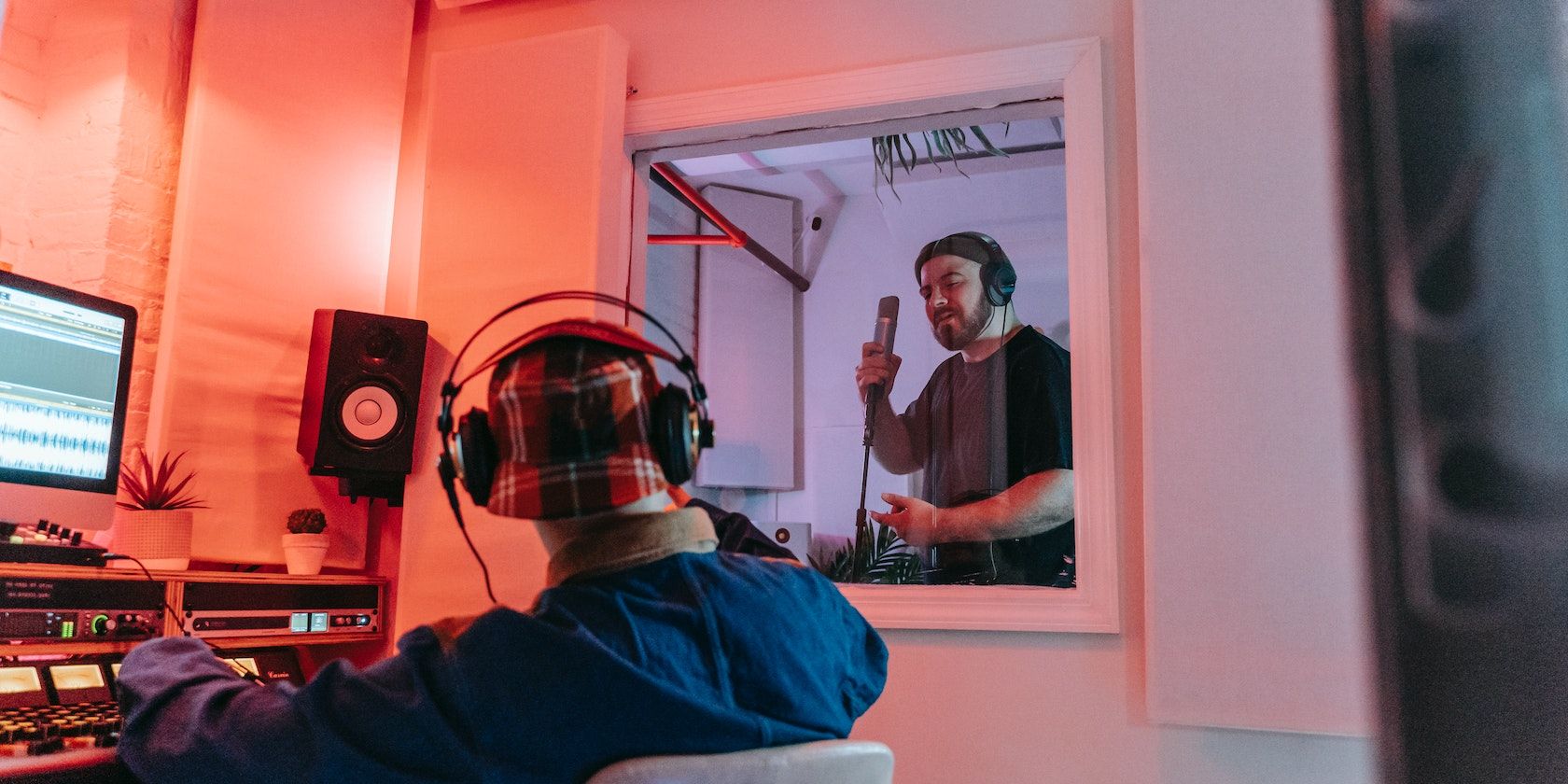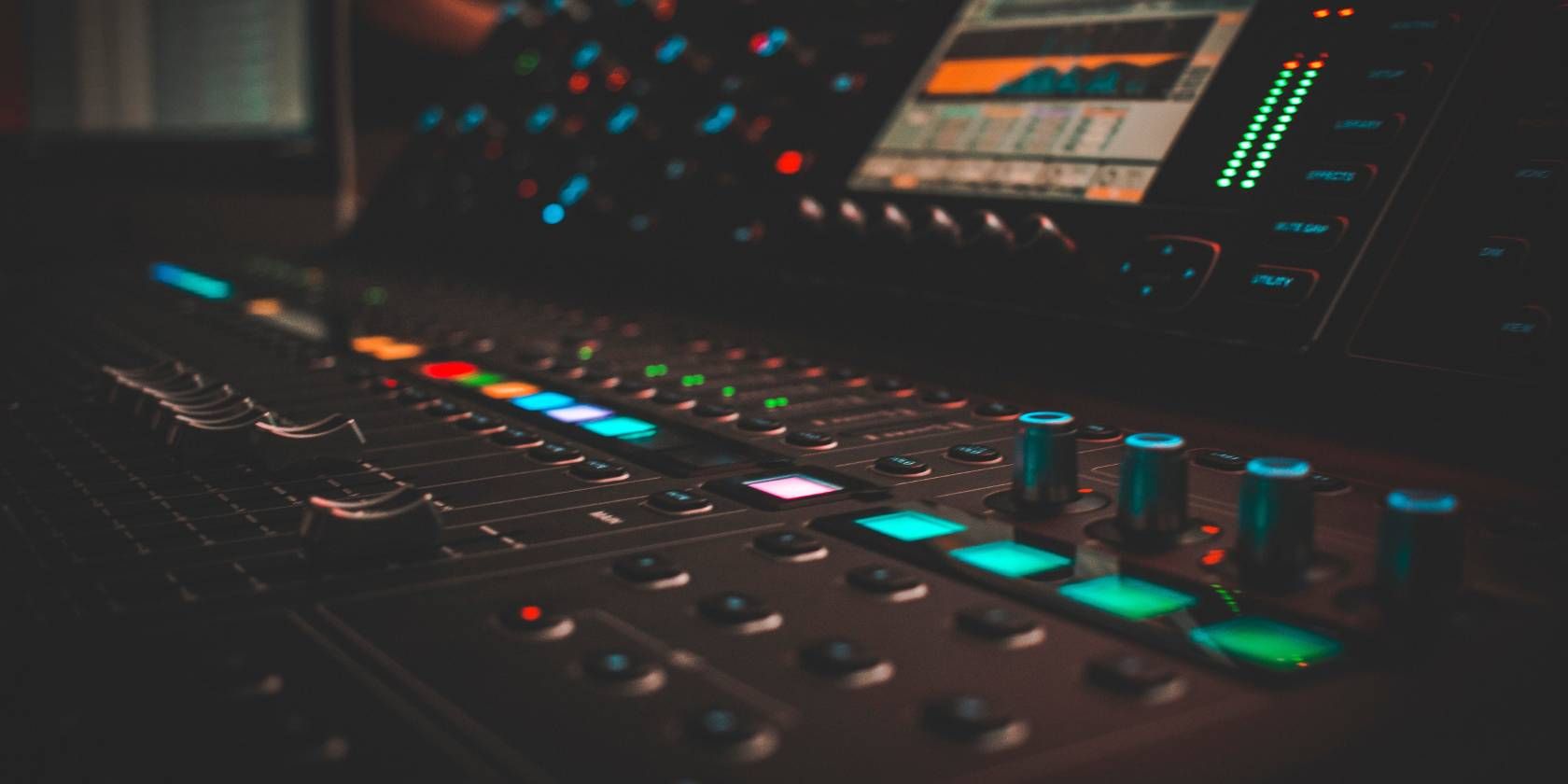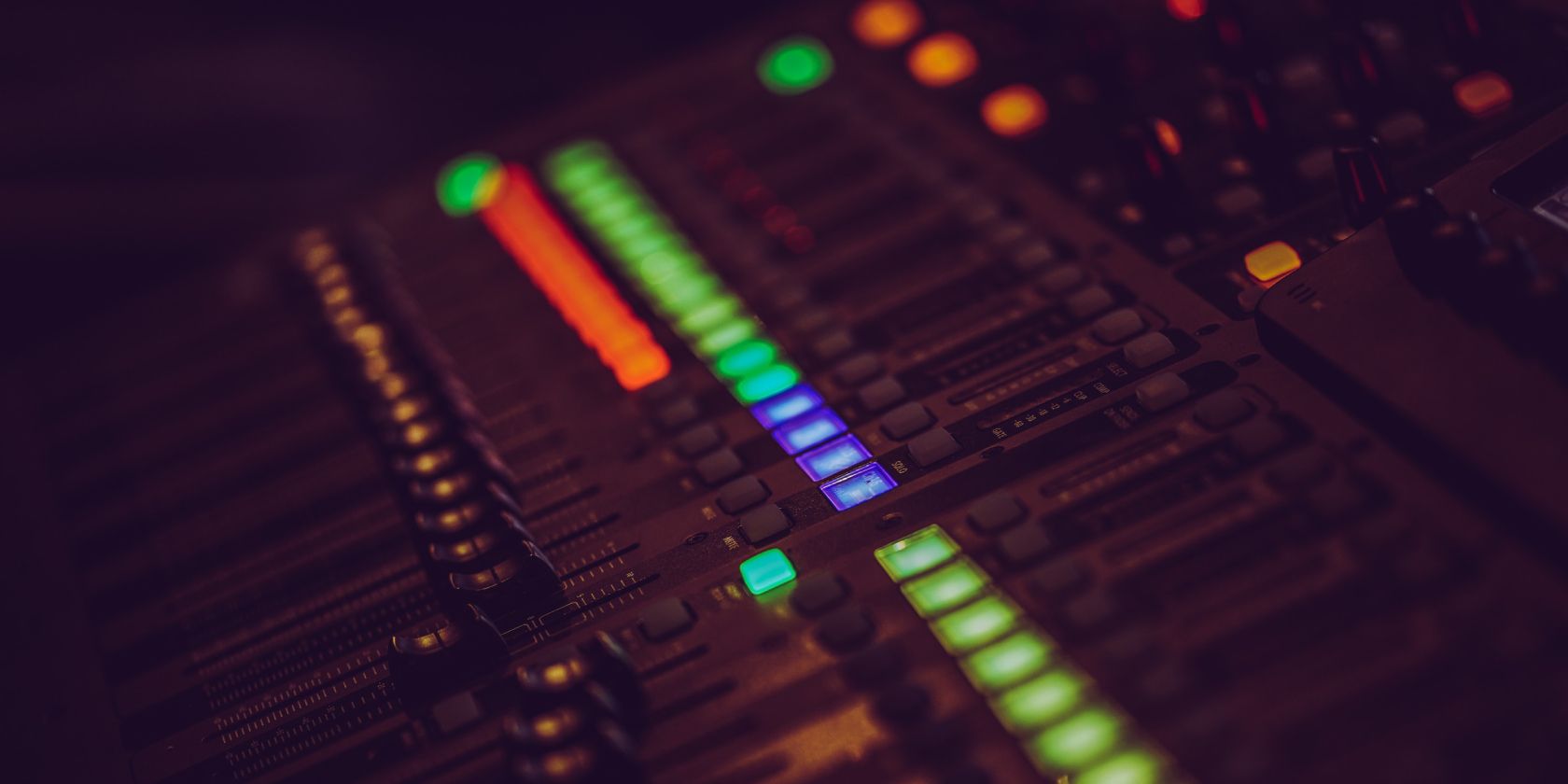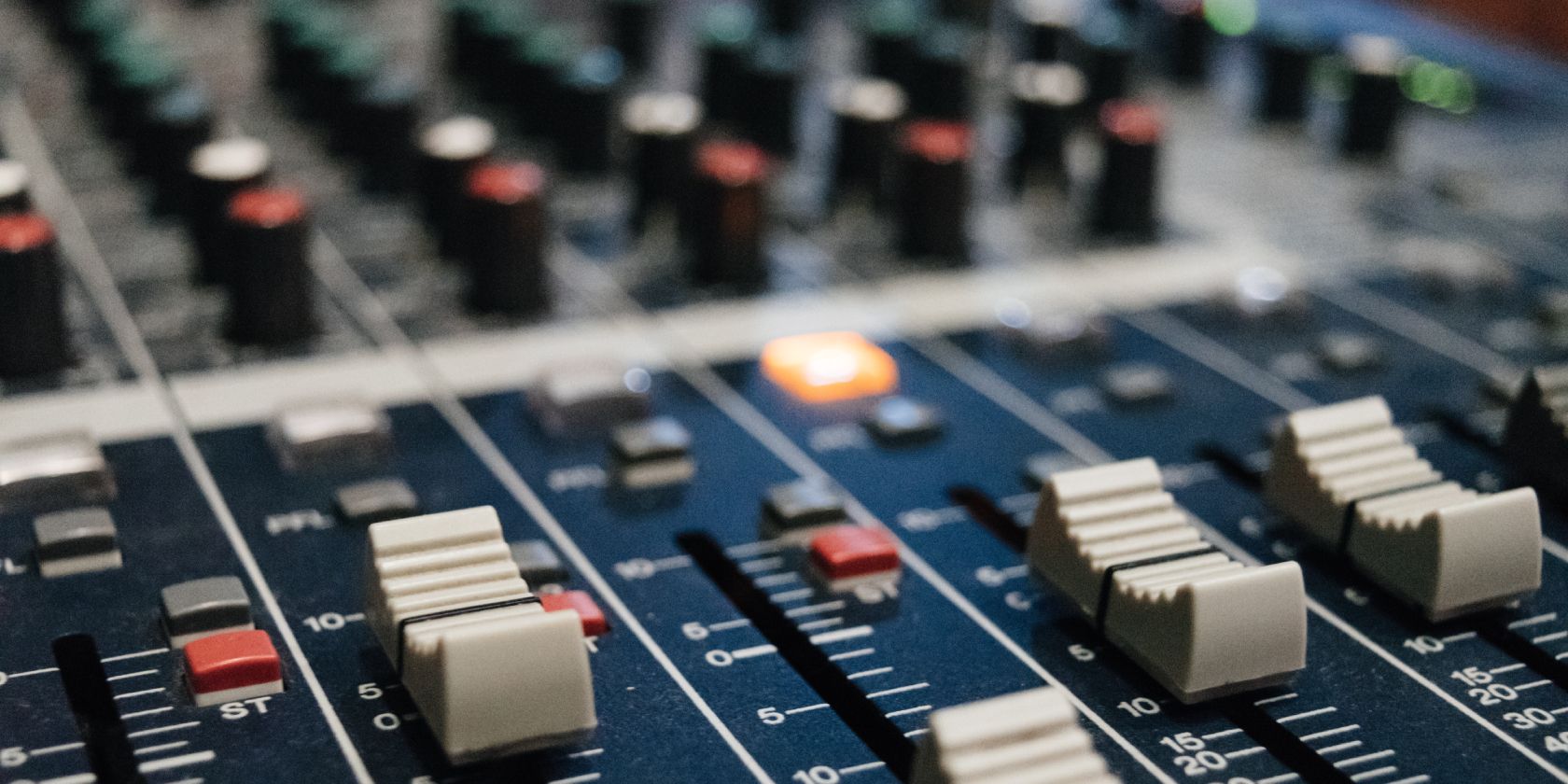Key Takeaways
- Mono audio eliminates the sense of direction, and is best for vocals and bass guitars recorded with one microphone.
- Stereo audio creates a more organic sound by emitting different levels of audio information to the left and right. Making it ideal for drum overheads and room microphones.
- Mixing in mono first allows for better balancing and identification of sonic issues, ensuring mono compatibility and a higher-quality overall mix.
You might understand the basic concept of mono vs. stereo audio. But choosing the best channel format for specific audio contexts can considerably improve your mixing and production process. Here, w go through their basic definitions and common use cases to help you learn when and why to use each one.
What Is the Difference Between Mono and Stereo Audio?
Mono represents single-channel audio that, typically, sounds like it comes from the center of an audio source. This is due to mono audio sending an equal signal intensity to the left and right, which generates the perception of sound coming from between these two points.
In other words, no differences between the left and right are heard by your ears, thereby removing any sense of direction.
On the other hand, stereo represents two-channel audio that emits different levels of audio information to the left and right. This leads to your ears perceiving sound sources from distinct points in the stereo field (left to right) when listening to stereo audio.
This reflects a more organic way of processing audio information; your two ears naturally perceive sounds coming from different directions.
What Is Dual Mono?
There is an additional channel format you can use for tracks and plugin setups called dual mono.
Dual mono tracks or setups include two mono channels that are independent of each other while typically sharing the same audio source. In practice, this could mean you record the same vocal part on two mono tracks panned left and right.
This varies from a stereo two-channel format as stereo channels are dependent on one another, and always share the same audio source.
To further clarify the difference, stereo mode plugins on a stereo track act on the two channels equally. Plugins in dual mono mode, however, act on the two stereo channels separately as they process them independently.
Mono vs. Stereo Recording
If you’re recording live instruments, such as vocals, you’re naturally setting up a mono channel by using one microphone. Instruments like violins, bass guitars, trumpets, double basses, and many more all benefit from single-microphone mono recording.
Generally, you will want to record in mono unless the sound source emits an organic and desirable spread of stereo information. Instruments that benefit from stereo recording (one microphone on the left and another on the right) include drum overheads, certain synthesizers, and room microphones.
Some instruments like acoustic guitars can be recorded either way, depending on the audio effect you’re after. Mono guitars can lead to precise positioning in the stereo field (via panning) while stereo guitars can better fill up the acoustic space in your mix. Often, guitars are recorded on dual mono tracks hard-panned left and right to generate a sense of width.
When to Mix With Stereo Tracks
While we’ve covered some instruments that benefit from a stereo setup, there are a couple of other use cases worth considering to add life and width to your mix.
Often, it’s a good idea to set up aux channels with reverb and delay as stereo tracks. This can stimulate the sense of space for certain instruments or your overall mix. Remember that a (panned) mono reverb/delay aux track may perform better in certain contexts; so keep experimenting.
Like with most aspects of music production, be careful not to overdo your reverbs and delays. If you do, you may struggle to achieve a defined sound and a mono-compatible track.
When to Mix With Mono Tracks
When learning how to mix music, it can be easy to fall into the habit of setting up most of your digital instruments as stereo tracks.
Too many stereo tracks can actually lead to a lack of definition in your mix as too many sound sources emit audio signals across the stereo field. This increases the likelihood of low-quality level balancing, frequency masking (where instruments compete for the same space), and other sonic issues. For ways to remedy frequency masking issues, look into how to use EQs.
By setting up mono tracks wherever possible, you are narrowing down the space they occupy; this can be essential in multipart projects. Also, it’s best to keep your low-frequency instruments (think around 50 Hz and below) centered to avoid clarity and phasing issues.
You may think lots of mono tracks lead to a bland and narrow mix, but the opposite is true. Combine the setup of mono tracks with precise, informed panning decisions, and you will get a cleaner and wider mix.
Another habit that is all too easy to fall into is mixing (and only listening to your mix) in stereo. What this usually means is that you achieve a seemingly good balance and audio quality in the stereo version of your track, but it has two drawbacks:
- You may never become aware of certain sonic issues, such as how certain instruments and elements clash due to stereo separation.
- Your track may sound significantly worse when played back on mono sound systems.
Mixing in mono (all your tracks playing down the center) is one of the best practices in music production. It shows you just how each of your musical elements interact with one another. The challenge of balancing each instrument as it sounds from the same position will push your mixing abilities.
If you can get your track to sound good in mono, all the balancing, EQ, and sidechain compression tricks you may have used will inevitably lead to a higher-quality stereo track once you integrate panning and other stereo effects.
The other main reason to check that your track sounds great in mono is that many devices, such as phones, laptops, and smaller speaker systems emit sound in a mono format.
In this manner, you can ensure that your track is mono-compatible and ready for all kinds of sound systems. This will save you time and effort when starting the subsequent process of mastering your track.
Use Both Mono and Stereo for a Great Mix
Mono tracks should be your go-to format, while dual mono setups are for specific independent two-channel processing. Only select stereo for instruments and effects that emit a desirable blend of stereo information. And mix your whole track in mono for greater definition before applying panning and stereo effects. Do this, and you’ll ensure mono compatibility and a higher-quality mix overall.







